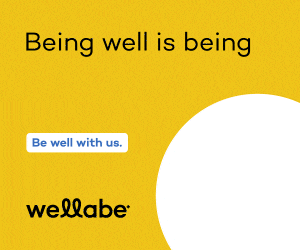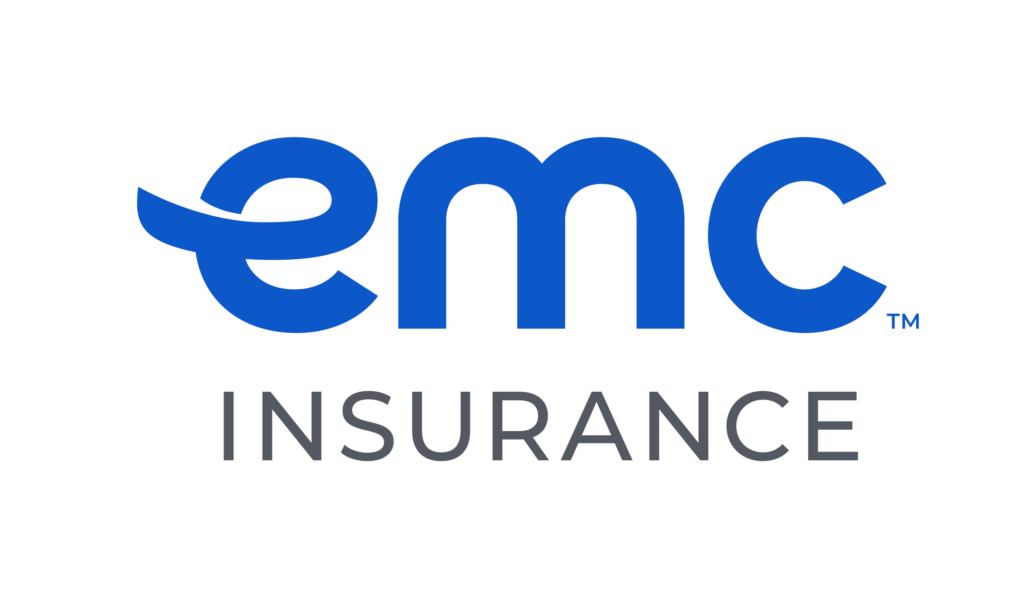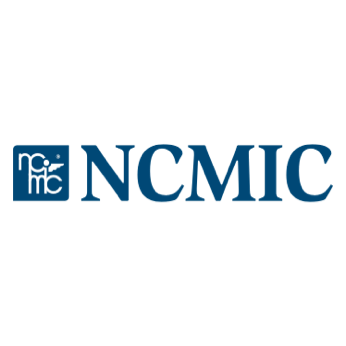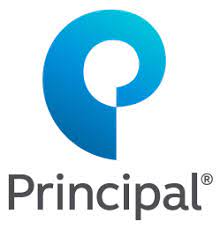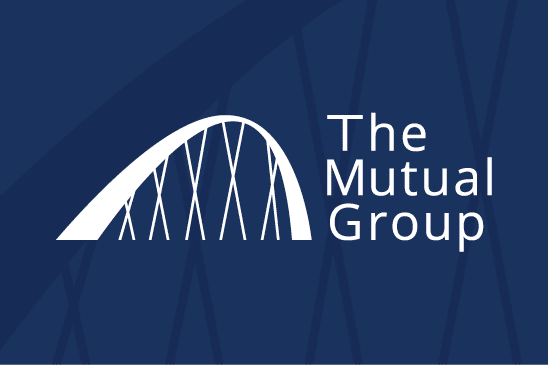Health care cost survey: This is going to hurt a little bit

Health benefit cost growth continued to tick upward in 2018, with smaller employers feeling the most pressure, according to one of the nation’s largest surveys of company health plans.
The average total health benefit cost per employee rose by 3.6 percent this year, the Mercer National Survey of Employer-Sponsored Health Plans found, following an increase of 2.6 percent in 2017. The survey included more than 2,400 U.S. public and private employers with at least 10 employees.
While overall cost growth remains moderate — averaging 3.3 percent annually over the past five years, compared with 5.7 percent over the prior 10-year period — it continues to outpace inflation.
Among smaller employers (those with 10-499 employees), costs rose by 5.4 percent on average, while midsize and large employers with 500 or more employees held cost growth to 3.2 percent. Prescription drugs remained the top cost driver. Among employers with 500 or more employees, the overall drug benefit cost rose by about 7 percent, as costs for specialty drugs rose by about 12 percent.
In 2018, employees paid, on average, 25 percent of the total cost of coverage through paycheck deductions, which works out to nearly $3,200 per employee — and doesn’t include their out-of-pocket spending for health care services. Among smaller employers, the average PPO in-network deductible rose sharply in 2018, topping $2,000 for an individual. Most large employers did not raise PPO (preferred provider organization plan) deductibles, the plan type with the highest enrollment.
“Employers are very aware of the burden that high health care costs place on employees,” said Sharon Cunninghis, who leads Mercer’s U.S. health business. “We’re helping them implement cost-saving strategies that don’t shift expense to employees and can actually improve affordability, access and outcomes – like better clinical management of specialty drugs, preventing and properly treating opioid addiction, and steering individuals to high-quality, cost-effective providers.”
For a second year in a row, the survey asked midsize and large employers to identify their most important health benefit strategies over the next five years. “Managing high cost claims” was at the top of the list, with 79 percent of employers rating it as very important or important. A close second top strategy was “creating a culture of health” – selected by 76 percent of employers, up from 70 percent last year, the biggest jump for any strategy.

